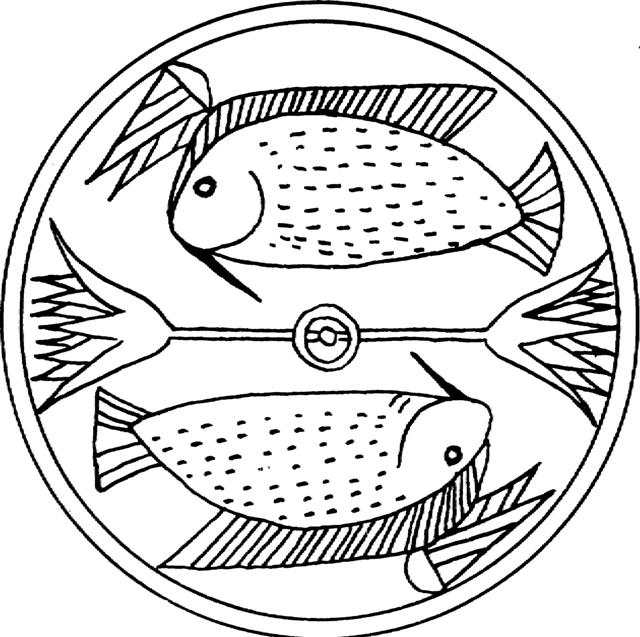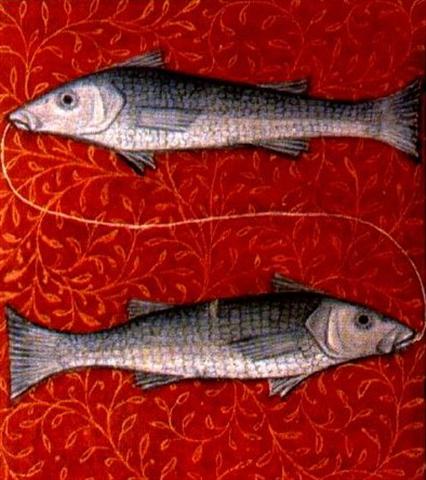5. The comparatively short nuku legs (in contrast to normal tagata legs) suggest the sky roof is high above, expessed by so high a neck as to leave no room for a proper torso. But if we compare with our earlier examples of tagata legs the nuku legs are not formed exactly in the same way as any of those we have looked at earlier:
Most similar are the legs in Ga2-9 and Ga3-7:
The splendid manu rere in Ga3-8 has its front 'leg' uplifted as if to let in the spring light, in obvious contrast to how the strange manu rere in Gb7-7 - immediately beyond the 'midnight henua' (raaraa) - seems to effectively block every ray of incoming light:
To complete this part of our discussion I have to quote once again from The White Goddess: ... Hercules first appears in legend as a pastoral sacred king and, perhaps because shepherds welcome the birth of twin lambs, is a twin himself. His characteristics and history can be deduced from a mass of legends, folk-customs and megalithic monuments. He is the rain-maker of his tribe and a sort of human thunder-storm. Legends connect him with Libya and the Atlas Mountains; he may well have originated thereabouts in Palaeolithic times. The priests of Egyptian Thebes, who called him Shu, dated his origin as '17,000 years before the reign of King Amasis' ... Hercules is thus another name of Schu, the feathered god who is between heaven and earth:
The left side of his body is undulating like a serpent (a creature of the earth). It looks like waves, but according to the rules of Egyptian perspective it is acceptable to change horizontal serpentine undulations into what for us looks like vertical waves going up and down. However, the right knee of Schu is evidently truly pointing vertically upwards, to remind us that in summer his path is located high up (though still between the sky roof and earth below). Schu is never down among the fishes. Fire cannot survive down in the sea, and therefore his head is not located where Nut has her feet - I guess a cycle which goes all the way down to the fishes traditionally is drawn with head following tail, as in this illustration at the bottom of an Egyptian bowl:
(Wilkinson, a.a.) The zodiacal sign of Pisces is also drawn according to this tradition:
... In the island of Pukapuka Te Mango, the Shark, was applied to the long dark rift which divides the Milky Way from Scorpius to Cygnus. They declared that the 'shark of winter' had its head to the south and the 'shark of summer' had its head to the north, referring to the seasonal change in the position of the constellation ... However, in e.g. the round zodiac of Dendera the full cycle is denied Sun, he must follow 'the upraised right knee of Schu' instead of to sink down to the fishes:
His twin Pisces fishes are both looking ahead, and they are joined together by straight lines from their tails as if to indicate how the summer sky roof is uplifted. In summer the ecliptic path is going far above the midline of the sky. Perhaps these straight lines at Pisces also appear at the upper right corner of the net which catches the prow of Pharaoh's spring ship. Maybe it is the part of the net from which the weaving started: te matu'a o te kupega. |
|||||||||||||||||||||||||||||||||||||||||||||||||||||||||||||||||||||||



















